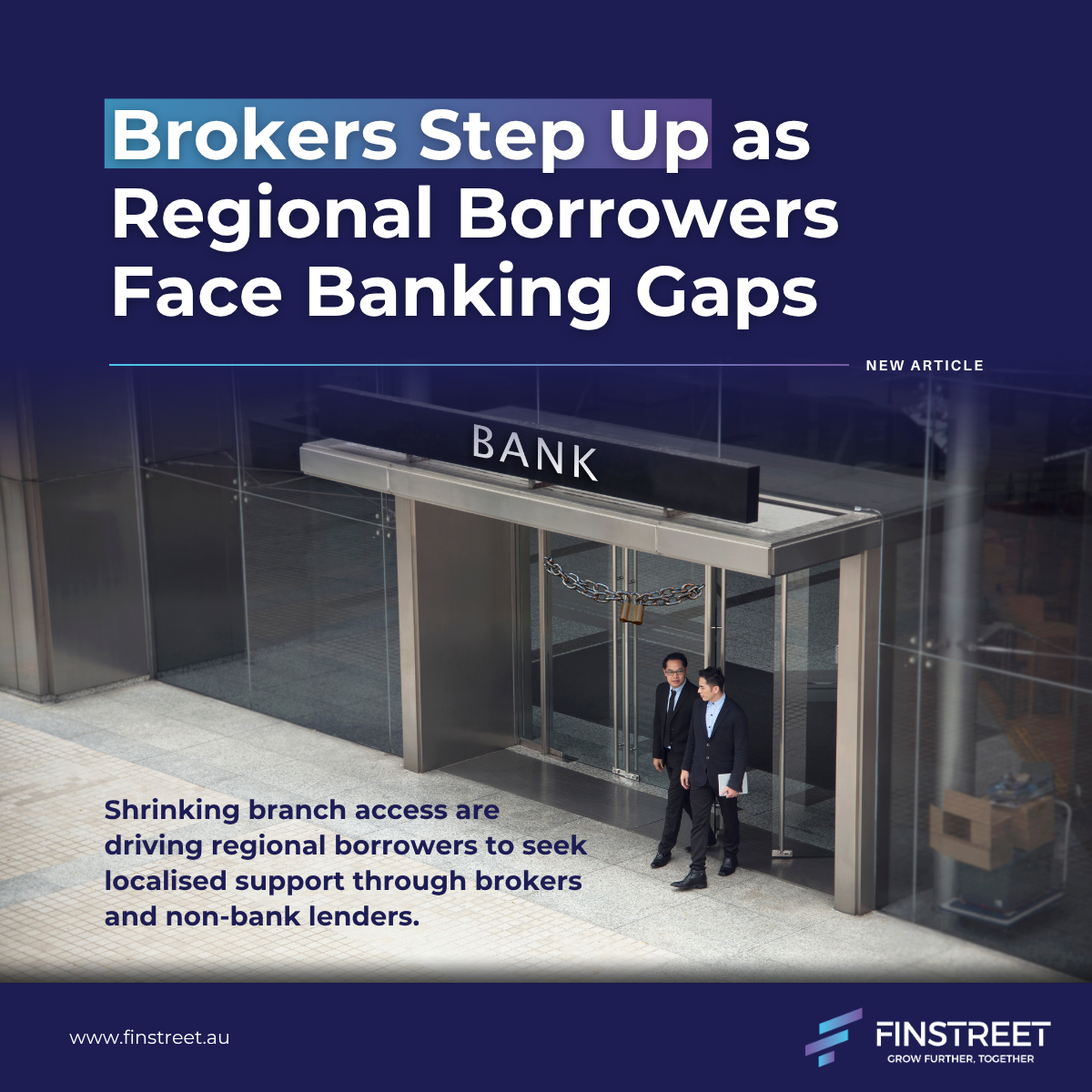03/06/2025
Australians are increasingly turning to mortgage brokers for help with home loans, with the latest data showing broker market share has reached record levels. New figures from the Mortgage and Finance Association of Australia (MFAA) reveal that mortgage brokers settled around 76.8% of all new residential home loans in the March 2025 quarter. That is a slight rise from the previous quarter’s 76% and the highest share ever recorded for the period.
This trend highlights the growing trust Australians place in brokers as the lending environment becomes more complex and competitive. With borrowers facing rising property prices, shifting interest rates and cost of living pressures, brokers have become key players in helping clients secure the right finance.
According to MFAA Chief Executive Officer Anja Pannek, brokers are essential for maintaining a competitive mortgage market that offers borrowers choice, support and important protections. She emphasised that the latest results clearly show Australian borrowers are placing more value on the support brokers provide.
In terms of value, mortgage brokers settled $99.37 billion in new residential loans during the quarter, up from $81.47 billion a year earlier. That is an increase of nearly 22% and marks the highest ever value for a March quarter.
This sharp rise also reflects changing consumer habits. Many Australians are seeking expert guidance as navigating loan options becomes more difficult. With access to a wide range of lenders and the ability to tailor solutions to each borrower’s needs, brokers continue to stand out as trusted advisers.
A crucial factor driving this momentum is the growing role of non-bank lenders in the mortgage landscape. These lenders, often more flexible than traditional banks, have become vital partners for brokers and borrowers alike. They can offer more competitive rates, faster approvals and unique loan products that may suit clients who do not meet the standard criteria of major banks. For borrowers with complex financial situations, such as self-employed individuals, those with irregular income, or those seeking refinancing options, non-bank lenders can provide real alternatives when mainstream options fall short.
Mortgage brokers are uniquely positioned to connect clients with these non-bank lenders. Their deep understanding of lender policies and their ability to match clients with the most suitable provider helps more Australians access loans they might not otherwise be able to secure. This growing diversity in the lending market is increasing competition, ultimately benefiting consumers with better choice and outcomes.
The broking sector has also benefitted from the Reserve Bank of Australia’s recent interest rate cuts. Since the RBA lowered the cash rate in February, brokers have reported a notable increase in borrower activity, from those refinancing existing loans to first home buyers and investors entering the market.
Blake Buchanan, general manager at Specialist Finance Group, noted that the growth is not only good news for the industry but also for consumers, who benefit from expert support delivered in their best interests. He predicted that broker market share could reach 80% within the next 18 months.
Mortgage Choice CEO Anthony Waldron also said the rise in broker market share was no surprise. He explained that the RBA’s move gave Australians confidence to move forward with property plans and brokers were ready to guide them with personalised advice.
Waldron added that the current record-high market share underlines the ongoing value brokers bring to consumers, especially as the lending market becomes even more competitive.
The figures come from Comparator, the data arm of Cotality (formerly CoreLogic), which has tracked quarterly broker market share on behalf of the MFAA for more than a decade. With brokers now playing a more central role than ever, and non-bank lenders offering a wider array of solutions, the data points to a sustained shift in how Australians approach home loans: relying on informed, independent guidance to navigate an increasingly complex and diverse lending environment.



